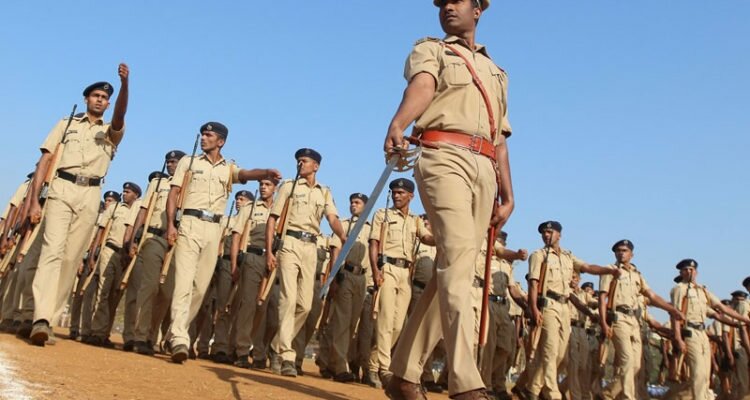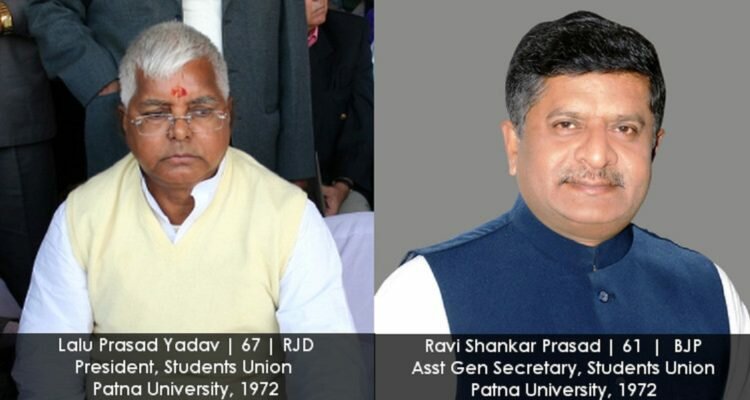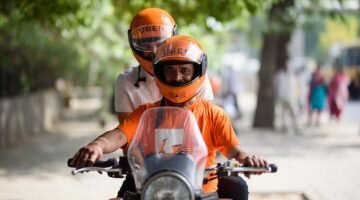The sports authority of India or SAI originated with the committee formed to host the 1982 Asian games in Delhi. It was officially established by the Deptt. of Sports, Ministry of Youth Affairs and Sports, govt. of India. In 1987, the Society of National Institute of Physical Education and Sports (SNIPES) merged with it and as a result the Netaji Subhash National Institute of Sports (NSNIS), Patiala and its allied centres in Bhopal, Bengaluru, Kolkata and Gandhinagar, and the Lakshmibai National College of Physical Education, Thiruvanthapuram came under SAI which became its academic wings. In 1995, LNCPE Gwalior became a separate deemed university. SAI has two academic wings which provides certificate courses in physical education, sports and sports medicine, namely NSNIS, Patiala for coaches and LNCPE for physical education. In 1987-90 to equip and upgrade with the latest sports science and medicine a department of sports science was established at NSNIS , Patiala. Qualified and well experienced sports scientists from the fields of Anthropometry, Physiology, Psychology, biomechanics, nutrition and GTMT, doctors, sports physiotherapists and nutritionists constantly endevour to raise the level of player in competitions. SAI has been in technical collaboration with various reputed Indian and foreign sports science and medical institutes to further strengthen the scientific backup for trainees to initiate research.
The backbone of SAI is training of elite Athlete management support (teams) division which provides support to the national sports federations(NSF) in the preparation of national teams which participates in various international events. The TEAMS division coordinates the long term development plan of each NSF; provides logistics and training support at various academic institutions and other regional centres of SAI and also at selected centres outside SAI. The TEAMS division also provides support to the NSFs in the hiring of foreign coaches and selection of national coach for each NSF, who are responsible for training the core probables for the national teams.

With the active support from TEAMS division, good results have been achieved in international arena in the disciplines of badminton, judo, archery, athletics, Weightlifting, wrestling, boxing, billiards and snooker. There are 17 SAI centres all over India and 5 non SAI centres which are affiliated for training in all divisions of athletics and other sports. SAI also has a scheme known as Long Term Development Plan(LTDP) which envisages the preparation of long term development plans by all the NSFs based on four year cycle with yearly reviews. The plans are to cover all ill aspects of sports including the development of sportsperson, coaching, participation, promotion, tournament schedule, hosting of major events, sports sciences etc.
SAI also has a operations division which is aimed at spotting and nurturing talent are being implemented and monitored through the SAI networks. This talent search program by SAI has reaped in good results as many talented individuals has been picked up by SAI and yielded good results at the international level like
Limba Ram, a adivasi boy who was picked and nurtured by SAI and fared exceptionally well in the field of archery. Though there has been a ray of hope in selection and nurturing of players still there is a long way to go as far as success in international events are concerned. Already there has been some positive indications in some of the disciplines the consistency of performance remains to be achieved.
Also Read:
Role Of National Cricket Academy In India
India’s growing stature in badminton world























